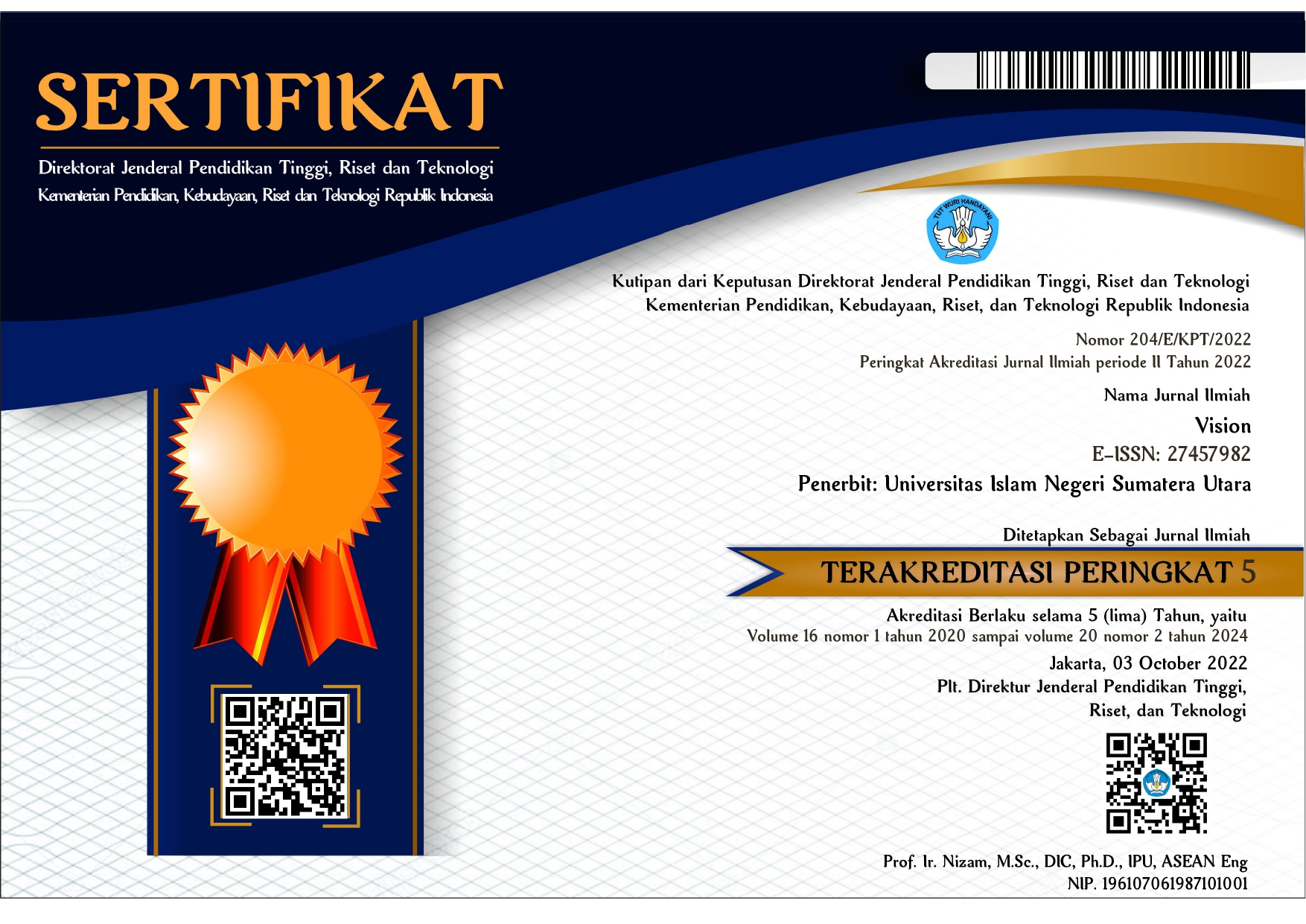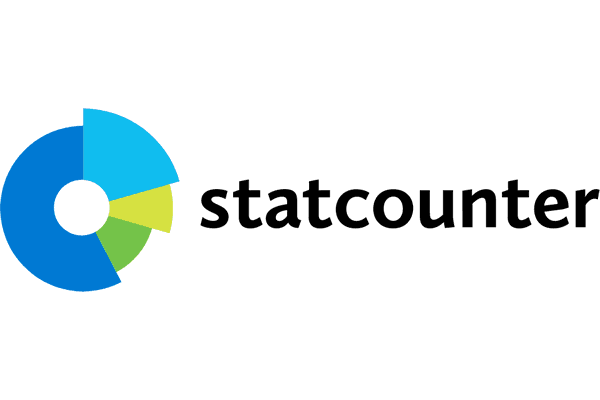AN ANALYSIS OF PROFANITY UTTERED BY MALE AND FEMALE INDONESIAN YOUTUBERS
Abstract
Full Text:
PDFReferences
Amir, Z., Abidin, H., Darus, S., & Ismail, K. (2012). Gender differences in the language use of Malaysian teen Bloggers. GEMA Online Journal of Language Studies, 12(1), 105–124. https://doi.org/10.14020/gema.2012.010218
Byrne, E. (2016). Swearing is Good for You The Amazing Science of Bad Language. In W.W. Norton & Company.
Creswell, J. W., & Creswell, J. D. (2018). Research Design Qualitative, Quantitative, and Mixed Methods Approaches. In SAGE Publication (Fifth Edit). Sage Publication.
Feldman, G., Lian, H., Kosinski, M., & Stillwell, D. (2017). Frankly, We Do Give a Damn: The Relationship Between Profanity and Honesty. Social Psychological and Personality Science, 8(7), 816–826. https://doi.org/10.1177/1948550616681055.
Fine, M. G., & Johnson, F. L. (1984). Female and Male Motives For Using Obscenity. Journal of Language and Social Psychology, 03(01), 59–74. https://doi.org/10.1177/0261927X8431004.
Joiner, R., Stewart, C., Beaney, C., Moon, A., Maras, P., Guiller, J., Gregory, H., Gavin, J., Cromby, J., & Brosnan, M. (2014). Publically Different, Privately the Same: Gender Differences and Similarities in Response to Facebook Status Updates. Computers in Human Behavior, 39(01), 165–169. https://doi.org/10.1016/j.chb.2014.07.004
Klerk, V. De. (2015). Expletives: Men Only? Communication Monographs, 58(2), 156–169. https://doi.org/10.1080/03637759109376220.
Mercury, R.-E. (1995). Swearing: A “Bad” Part of Language; A Good Part of Language Learning. TESL Canada Journal, 13(1), 28. https://doi.org/10.18806/tesl.v13i1.659.
Miles, M. B., & Huberman, A. M. (1994). Qualitative Data Analysis An expanded Sourcebook 2nd Edition (Second Edi).
Moloney, M. J., & Sylva, H. M. (2020). ’ And I Swear ...’ – Profanity In Pop Music Lyrics On The American Billboard Charts 2009-2018 And The Effect On Youtube Popularity. International Journal of Scientific & Technology Research, 9(02), 5212–5220. https://doi.org/10.1254/g.hgt.2020.06.721.
Of, A. N. E. (2006). An encyclopedia of swearing: the social history of oaths, profanity, foul language, and ethnic slurs in the English-speaking world. In Choice Reviews Online (Vol. 44, Issue 03). https://doi.org/10.5860/choice.44-1260
Pinker, S. (2008). The Stuff of Thought Language as a Window into Human Nature. In Penguin Books. Penguin Books.
Shit, H. (2014). Holy sh*t: a brief history of swearing. Choice Reviews Online, 51(09), 51-4862-51–4862. https://doi.org/10.5860/choice.51-4862
Suganob-Nicolau, M. F. (2016). Swear words among young learners: A case study of the elementary students. Indonesian JELT: Indonesian Journal of English Language Teaching, 11(2), 117–132. https://doi.org/10.25170/ijelt.v11i2.1493.
Tanen, D. (1991). You Just Don’t Understand. In Ballantine Books. Elsevier BV. https://doi.org/10.1016/0363-8111(91)90045-m
Trudgill, P. (2000). Sociolinguistics: An introduction to language and society. In D. Crystal (Ed.), Penguin Books (Fourth). Penguin Books.
Wahyuningsih, S. (2018). Men and Women Differences in Using Language: A Case Study of Students at STAIN Kudus. Journal of English Education, Literature and Culture, 03(01), 79–90. https://doi.org/10.5636/j.ctf.2018.01.007.
Wulandari, O. (2017). Octavia Wulandari The Use of Swe ar Words in PewDiePie’s YouTube Videos. ELITE: English and Literature Journal, 04(02), 1–24. https://doi.org/10.1016/s.scrted.2017.110001.
DOI: http://dx.doi.org/10.30829/vis.v17i2.1155
Refbacks
- There are currently no refbacks.
Copyright (c) 2021 VISION
















